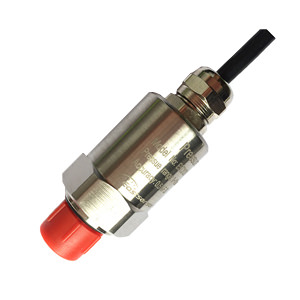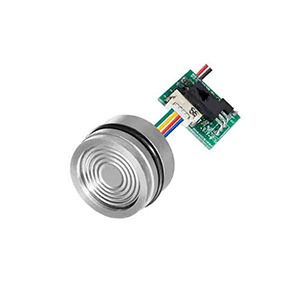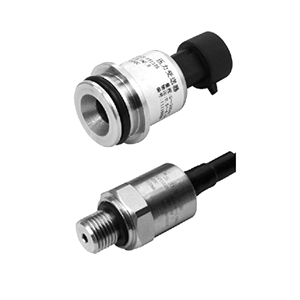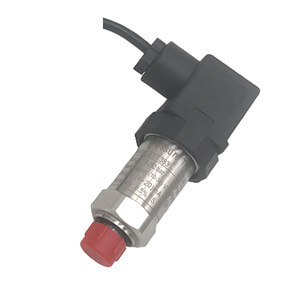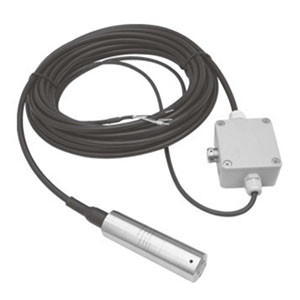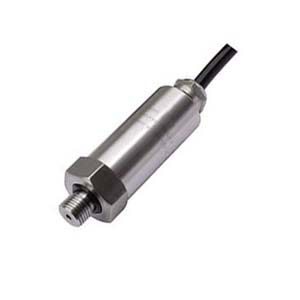What is Hysteresis for Pressure Sensor?
Hysteresis is a measure of accuracy for pressure sensors and refers to the difference in output readings at a specific pressure over multiple cycles of increasing and decreasing pressure. Here is an overview in simple terms:
When you apply pressure to a sensor and then release that pressure, the sensor’s output should in theory return you to the same value it started at before that specific pressure cycle. However, in reality there are often small differences between the initial value and the final value after a pressure cycle.
This difference is known as hysteresis and results from various physical phenomena within the sensor.
Ideal sensors would have zero hysteresis. But in practice, hysteresis is always some non-zero value and sensor specifications will state what the maximum hysteresis is at various pressures within the sensor’s measurement range.
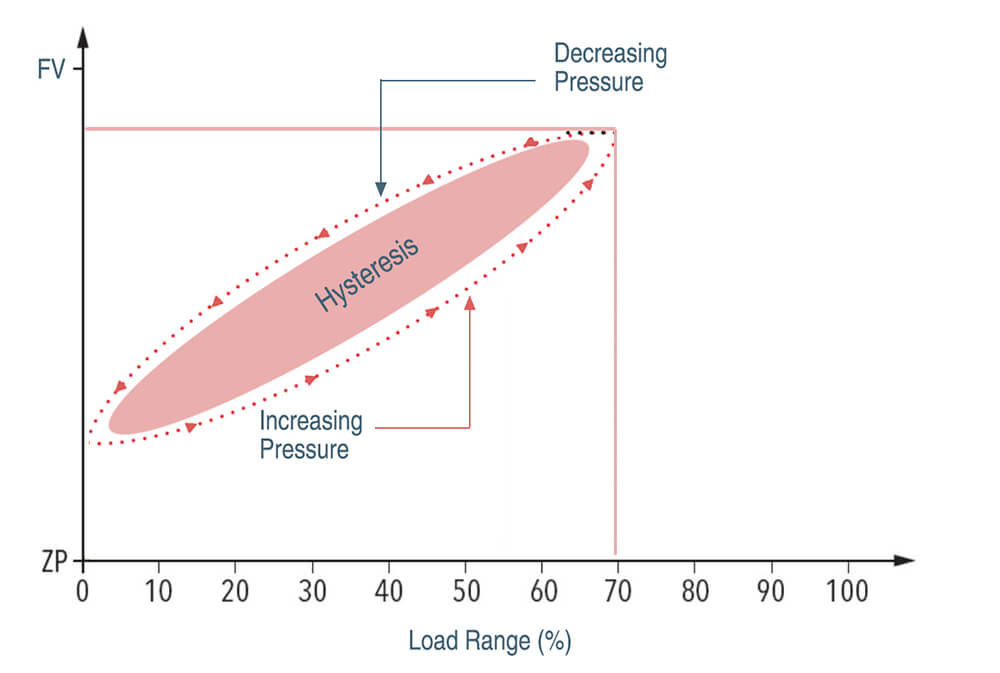
Hysteresis is often expressed as a percentage of full-scale output or in units of pressure (psi, bar, Pa, etc.). For example, a pressure sensor may have:
- Hysteresis ≤1% full scale – Meaning the maximum difference between initial and final readings after a pressure cycle will be 1% or less of the sensor’s full scale measurement range.
- Hysteresis ≤10 psi – Meaning the maximum difference between readings is 10 psi or less, regardless of the sensor’s full scale range.
Hysteresis error is hard to distinguish from other errors, and it cannot be predicted for a specific moment because it depends on whether the pressure was increased or decreased before the measurement was taken.
What is the difference between hysteresis and sensitivity?
Hysteresis and sensitivity are two different but related characteristics of pressure sensors:
- Hysteresis refers to the difference in readings at a specific pressure over multiple pressure cycles, as we discussed previously. It indicates accuracy and precision of the sensor and it is expressed as a percentage of full scale output (such as 0.5%/FS) or in units of pressure (psi, bar, Pa, etc.).
- Sensitivity refers to the change in sensor output (voltage, current, frequency) relative to a change in the measured pressure. Sensitivity is expressed in units like mV/psi, mA/bar, Hz/kPa, etc., such as 3mv/psi.
So let’s put it in simple terms:
- Hysteresis describes the accuracy and reproducibility of readings
- Hysteresis indicates the ability of the sensor to reproduce the same readings at a given pressure, showing accuracy and consistency, expressed as 0.2%/FS
- Sensitivity describes the resolution and measurement range
- Sensitivity indicates the resolution and range of the sensor, showing how finely it can distinguish between different pressure levels, expressed as 2mv/psi
- Inverse relationship
There is an inverse relationship between hysteresis and sensitivity – as one increases, the other often decreases.
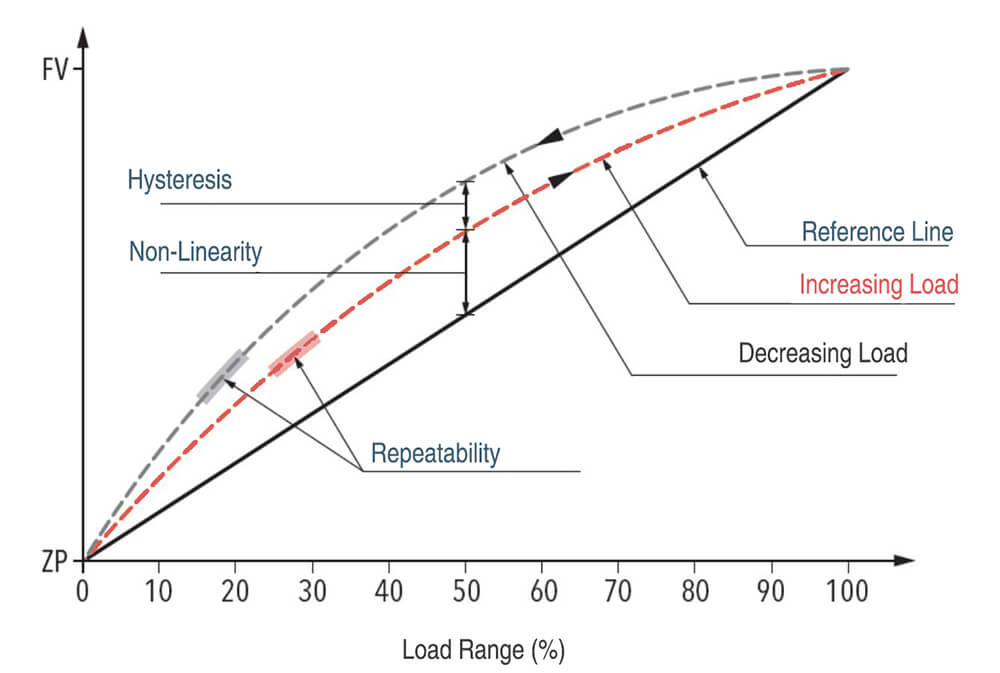
Higher sensitivity generally means a sensor can detect smaller pressure changes, so hysteresis as a percentage of full scale will tend to be lower.
However, higher sensitivity can also make a sensor more susceptible to external factors that contribute to hysteresis, like material stress and deflection.
Finally, manufacturers must optimize sensor design to maximize sensitivity while also minimizing hysteresis. This balancing act is a key performance tradeoff.
How hysteresis affects pressure sensor performance?
Based on previous discussion, you may understand the difference between hysteresis and sensitivity, in the following we continue to discuss how hysteresis affect pressure sensor performance.
Hysteresis can affect pressure sensor performance in a few key ways, and hysteresis contributes various types of error and non-ideal effects that degrade key sensor performance metrics like accuracy, repeatability, stability, precision, and resolution. The magnitude of these performance impacts generally increases with larger hysteresis.
- Accuracy – As we’ve discussed, hysteresis represents a deviation from accurate pressure readings. The larger the hysteresis, the less accurate the sensor output will be.
- Repeatability – Sensors with high hysteresis will not give consistent readings at the same pressure, impacting the sensor’s repeatability and reproducibility.
- Stability – Over time, hysteresis can gradually increase due to material stress and component wear, degrading sensor stability, and longevity.
- Noise – Hysteresis effects can manifest as low-frequency noise or drift in the sensor output, lowering the signal-to-noise ratio.
- Precision – Hysteresis limits the lowest detectable pressure change that a sensor can resolve, impacting the overall measurement precision.
- Measurement error – The hysteresis value itself represents an error band within which the “true” pressure value lies. Larger hysteresis means larger measurement error.
- Calibration – Sensors with high hysteresis require more complex calibration schemes to compensate for hysteresis effects, adding cost and complexity.
- System performance – The sensor’s hysteresis will limit any pressure sensor measurement system. Applications with tight accuracy requirements are most affected.
This is why sensor specifications will often place strict limits on maximum allowable hysteresis tailored to the requirements of the intended application.
How do manufacturers ensure that pressure sensors have low hysteresis?
There are a few key ways that pressure sensor manufacturers minimize hysteresis:
- Sensor material selection – Certain materials are naturally more prone to hysteresis effects than others. Manufacturers select sensor materials like diaphragms, seals, and fill fluids that minimize hysteresis as much as possible.
- Optimized sensor design – Sensor design features like diaphragm shape, size, and thickness, as well as seal design can be optimized to reduce friction, stiction, and deformation that cause hysteresis.
- Aging and burn-in testing – New sensors often have higher initial hysteresis that decreases over time as materials settle and conform. Manufacturers perform aging and burn-in tests to identify sensors with high initial hysteresis and optimize the “break-in” process.
- Tight process controls – Manufacturers maintain very tight production tolerances and process controls to ensure consistency between sensors and minimize variability that could impact hysteresis.
- Compensation and calibration – Some manufacturers implement digital compensation algorithms or multi-point calibration to mathematically model and correct for residual hysteresis in the sensor output. This requires accurate hysteresis characterization.
Below is one of ESS501V pressure sensor module (0-50bar range) (after compensation) performed at different temperature environment
- Screening and binning – Manufacturers test every sensor produced to measure its actual hysteresis. Sensors are then “binned” into groups based on their hysteresis performance. Only sensors that meet the required hysteresis spec are sold for that application.
- Aging and lifetime testing – Manufacturers stress test sample sensors to accelerate aging and ensure hysteresis remains within specifications over the intended life and duty cycle of the sensor.
All of these manufacturing techniques and quality controls help minimize hysteresis and ensure the sensor performs as specified. The most critical factor is accurate characterization of hysteresis for each sensor so appropriate compensation, calibration, and binning decisions can be made.
Take an example to clarify hysteresis.
Let’s take a real industry case as example to illustrate hysteresis in a pressure sensor:
Imagine you have a pressure sensor with a full-scale range of 100 psi. You slowly increase the pressure from 0 to 50 psi, and the sensor output reads 2.500 volts.
Then you slowly decrease the pressure back down to 0 psi. Ideally, the sensor output should return to the original 0 V level that it started at.
However, due to hysteresis, let’s say the sensor output only returns to 0.050 V when the pressure reaches 0 psi again.
So in this example:
- The “true” pressure is 0 psi
- The initial sensor output at 0 psi was 0 V
- But after the pressure cycle up to 50 psi and back down, the sensor reads 0.050 V
- The difference between the initial 0 V reading and the final 0.050 V reading is 0.050 V
- This 0.050 V difference is the hysteresis at 0 psi for this sensor
- Expressed as a percentage of full scale, the hysteresis is:0.050 V / 2.500 V = 0.02% full scale
- Or expressed in units of pressure, assuming a 50 psi pressure change caused a 2.500 V output change, the hysteresis is: 0.050 V / 2.500 V * 50 psi = 1 psi
- Hysteresis is the difference in sensor readings at the same pressure before and after a pressure cycle
- It can be expressed as an absolute value (0.050 V in this case), as a percentage of full scale (0.02%), or in units of the measured variable (1 psi)
- The sensor’s specified maximum hysteresis would indicate which of these values (V, %, psi) it is referring to
- And the amount of hysteresis impacts the sensor’s accuracy, repeatability, and measurement error as we discussed previously

